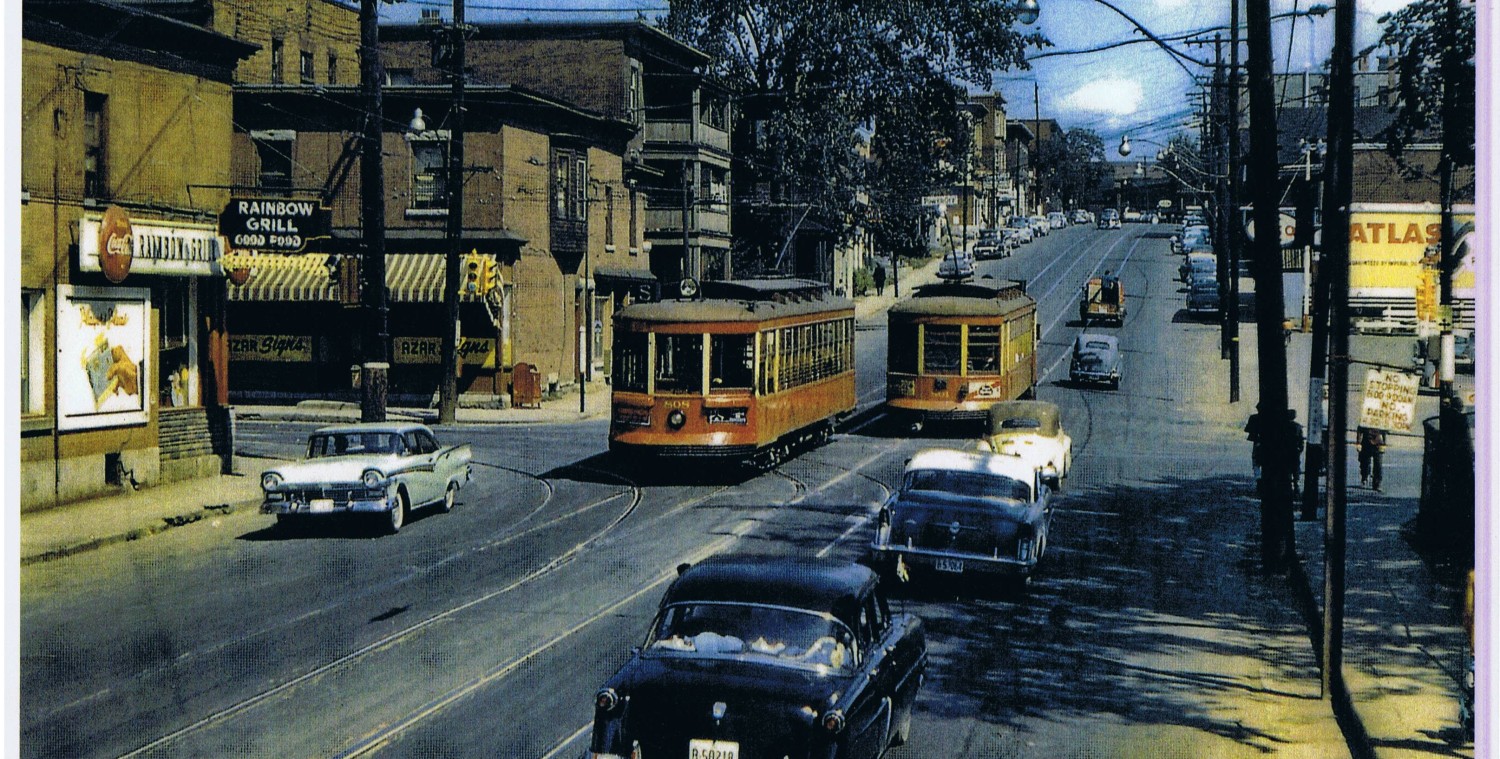
Contempt for Pedestrians at Transit Station and some Unworthy thoughts as to how it came to be that way
The temporary LeBreton transit station requires many transferring people and station walk-ins to cross one or more intersections. Some of the crossings, or repeated crossings, are because the city was too cheap to provide sidewalks even paved shoulders on both … Continue reading Contempt for Pedestrians at Transit Station and some Unworthy thoughts as to how it came to be that way
























